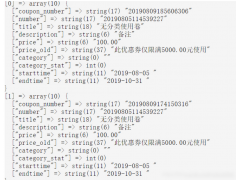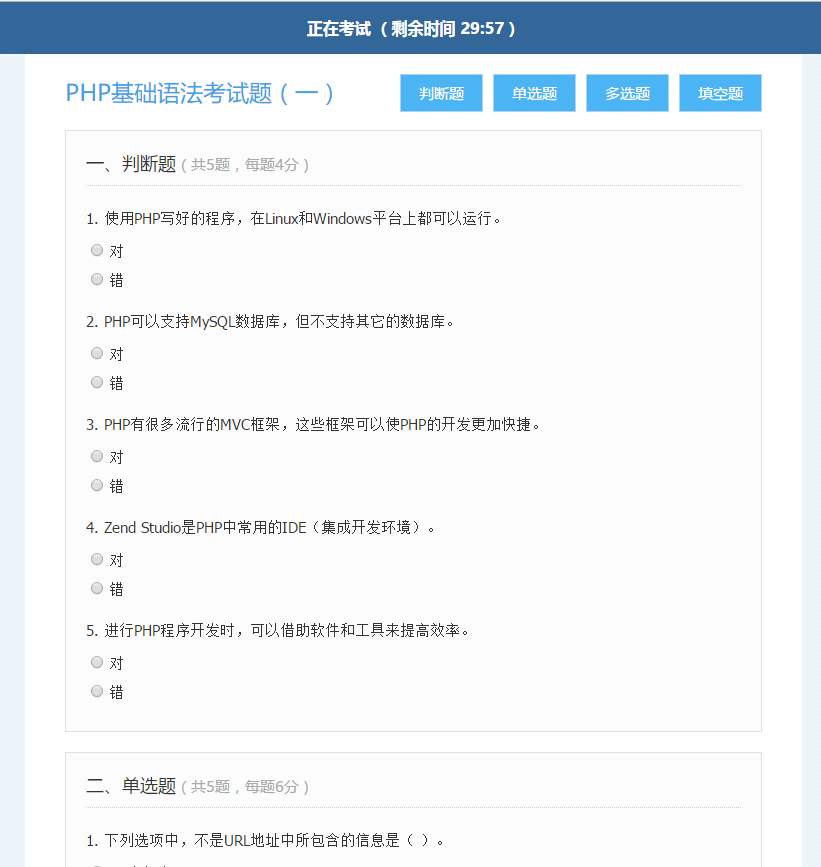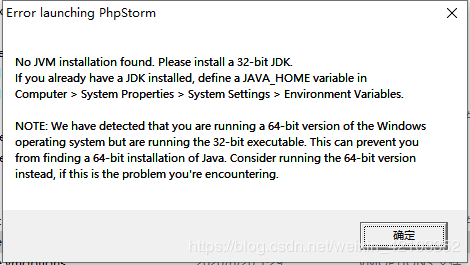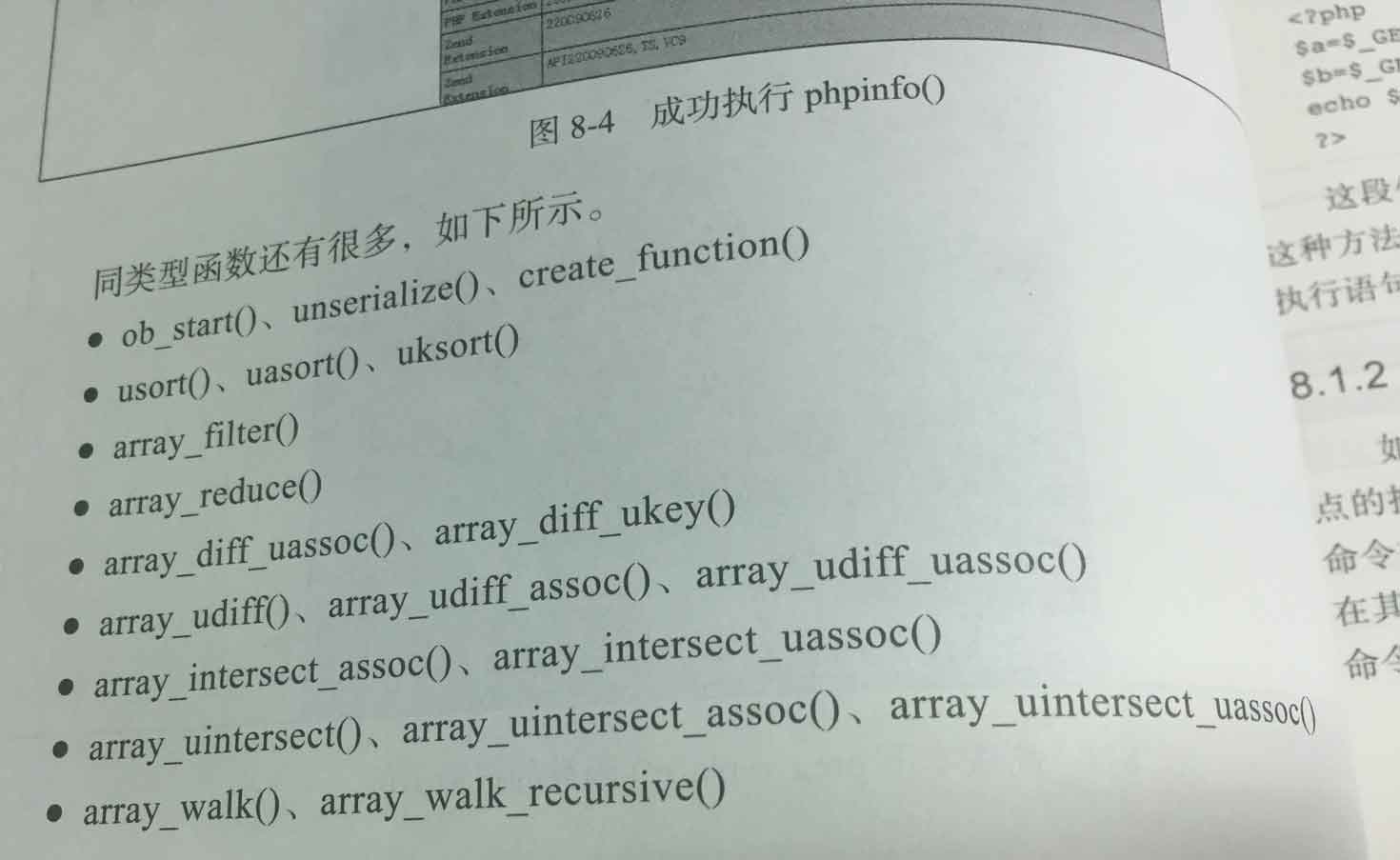这篇文章主要介绍了PHPcurlgetpost请求的封装函,包含了php使用curl针对get、post、put、delete等请求类型进行封装的操作技巧,以及CURLOPT_CUSTOMREQUEST控制DELETE、PUT请求类型的实现方法,需要的朋友可以参考下
一、get
//get请求
function getUrl($url, $header = [])
{
$ch = curl_init();
curl_setopt($ch, CURLOPT_URL, $url);
curl_setopt($ch, CURLOPT_HTTPGET, true);
if ($header) {
curl_setopt($ch, CURLOPT_HTTPHEADER, $header);
}
curl_setopt($ch, CURLOPT_TIMEOUT, 30); //设置超时时间:30s
curl_setopt($ch, CURLOPT_SSL_VERIFYPEER, FALSE); //忽略ssl检测
curl_setopt($ch, CURLOPT_SSL_VERIFYHOST, FALSE);
curl_setopt($ch, CURLOPT_RETURNTRANSFER, 1); //1 或 TRUE 将curl_exec()获取的信息以字符串返回,而不是直接输出。-
curl_setopt($ch, CURLINFO_HEADER_OUT, true); //TRUE 时追踪句柄的请求字符串,从 PHP 5.1.3 开始可用。这个很关键,就是允许你查看请求header
$output = curl_exec($ch);
if (!$output) {
// echo "request $url fail:", (array)curl_error($ch); //记录日志
}
curl_close($ch);
// echo "request $url success:" . json_encode(array($url, $header, $output), true); //记录日志
return $output;
}
二、del
//del请求
function delUrl($url, $header = []) {
$ch = curl_init();
curl_setopt($ch, CURLOPT_CUSTOMREQUEST, 'DELETE');
curl_setopt($ch, CURLOPT_FOLLOWLOCATION, true); //为true,则会跟踪爬取重定向页面,否则,不会跟踪重定向页面
curl_setopt($ch, CURLOPT_HTTPHEADER, $header);
curl_setopt($ch, CURLOPT_TIMEOUT, 30); //设置超时时间:30s
curl_setopt($ch, CURLOPT_SSL_VERIFYPEER, FALSE); //忽略ssl检测
curl_setopt($ch, CURLOPT_SSL_VERIFYHOST, FALSE);
curl_setopt($ch, CURLOPT_RETURNTRANSFER, 1); //1 或 TRUE 将curl_exec()获取的信息以字符串返回,而不是直接输出。-
curl_setopt($ch, CURLINFO_HEADER_OUT, true); //TRUE 时追踪句柄的请求字符串,从 PHP 5.1.3 开始可用。这个很关键,就是允许你查看请求header
curl_setopt($ch, CURLOPT_URL, $url);
$output = curl_exec($ch);
if (!$output) {
// echo "request $url fail:", (array)curl_error($ch); //记录日志
}
curl_close($ch);
// echo "request $url success:" . json_encode(array($url, $header, $output), true); //记录日志
return $output;
}
三、put
//put请求
function putUrl($url, $data = [], $header = []) {
$ch = curl_init();
if (!empty($data)) {
curl_setopt($ch, CURLOPT_POSTFIELDS, $data); //定义提交的数据
}
curl_setopt($ch, CURLOPT_CUSTOMREQUEST, 'PUT');
curl_setopt($ch, CURLOPT_FOLLOWLOCATION, true); //为true,则会跟踪爬取重定向页面,否则,不会跟踪重定向页面
curl_setopt($ch, CURLOPT_HTTPHEADER, $header);
curl_setopt($ch, CURLOPT_TIMEOUT, 30); //设置超时时间:30s
curl_setopt($ch, CURLOPT_SSL_VERIFYPEER, FALSE); //忽略ssl检测
curl_setopt($ch, CURLOPT_SSL_VERIFYHOST, FALSE);
curl_setopt($ch, CURLOPT_RETURNTRANSFER, 1); //1 或 TRUE 将curl_exec()获取的信息以字符串返回,而不是直接输出。-
curl_setopt($ch, CURLINFO_HEADER_OUT, true); //TRUE 时追踪句柄的请求字符串,从 PHP 5.1.3 开始可用。这个很关键,就是允许你查看请求header
curl_setopt($ch, CURLOPT_URL, $url);
$output = curl_exec($ch);
if (!$output) {
// echo "request $url fail:", (array)curl_error($ch); //记录日志
}
curl_close($ch);
// echo "request $url success:" . json_encode(array($url, $header, $output), true); //记录日志
return $output;
}
四、post
//post请求
function postUrl($url, $data, $header = [])
{
$ch = curl_init();
if (!empty($data)) {
curl_setopt($ch, CURLOPT_POST,true);
curl_setopt($ch, CURLOPT_POSTFIELDS, $data);
}
curl_setopt($ch, CURLOPT_FOLLOWLOCATION, true); //为true,则会跟踪爬取重定向页面,否则,不会跟踪重定向页面
curl_setopt($ch, CURLOPT_HTTPHEADER, $header);
curl_setopt($ch, CURLOPT_TIMEOUT, 30); //设置超时时间:30s
curl_setopt($ch, CURLOPT_SSL_VERIFYPEER, FALSE); //忽略ssl检测
curl_setopt($ch, CURLOPT_SSL_VERIFYHOST, FALSE);
curl_setopt($ch, CURLOPT_RETURNTRANSFER, 1); //1 或 TRUE 将curl_exec()获取的信息以字符串返回,而不是直接输出。-
curl_setopt($ch, CURLINFO_HEADER_OUT, true); //TRUE 时追踪句柄的请求字符串,从 PHP 5.1.3 开始可用。这个很关键,就是允许你查看请求header
curl_setopt($ch, CURLOPT_URL, $url);
$output = curl_exec($ch);
if (!$output) {
// echo "request $url fail:", (array)curl_error($ch); //记录日志
}
curl_close($ch);
// echo "request $url success:" . json_encode(array($url, $header, $output), true); //记录日志
return $output;
}
五、post json
//post json 请求
function postJsonUrl($url, $data, $header = [])
{
$data = json_encode($data);
$ch = curl_init();
if (!empty($data)) {
curl_setopt($ch, CURLOPT_POST,true);
curl_setopt($ch, CURLOPT_POSTFIELDS, $data);
}
$header[]='Content-Type: application/json; charset=utf-8';
curl_setopt($ch, CURLOPT_FOLLOWLOCATION, true); //为true,则会跟踪爬取重定向页面,否则,不会跟踪重定向页面
curl_setopt($ch, CURLOPT_HTTPHEADER, $header);
curl_setopt($ch, CURLOPT_TIMEOUT, 30); //设置超时时间:30s
curl_setopt($ch, CURLOPT_SSL_VERIFYPEER, FALSE); //忽略ssl检测
curl_setopt($ch, CURLOPT_SSL_VERIFYHOST, FALSE);
curl_setopt($ch, CURLOPT_RETURNTRANSFER, 1); //1 或 TRUE 将curl_exec()获取的信息以字符串返回,而不是直接输出。-
curl_setopt($ch, CURLINFO_HEADER_OUT, true); //TRUE 时追踪句柄的请求字符串,从 PHP 5.1.3 开始可用。这个很关键,就是允许你查看请求header
curl_setopt($ch, CURLOPT_URL, $url);
$output = curl_exec($ch);
if (!$output) {
// echo "request $url fail:", (array)curl_error($ch); //记录日志
}
curl_close($ch);
// echo "request $url success:" . json_encode(array($url, $header, $output), true); //记录日志
return $output;
}
六、计算请求运行时间
- 可以在接口请求日志信息中记录运行时间,以便以后排查问题(程序执行缓慢,是哪个接口拖了时间)
- 代码
$startTime = microtime(true);
for ($i = 0; $i < 9999999; $i++) {
};
$endTime = microtime(true);
$runTime = sprintf('%.6f', ($endTime-$startTime));
echo "执行时间为:{$runTime} s";
die;
- 打印
执行时间为:0.202176 s
PS:针对常见的post、get、put、delete等请求方式,笔者经常使用postman或者ApiFox进行请求测试,并且通常前后端传输数据以json为主。
沃梦达教程
本文标题为:PHP curl get post 请求的封装函数示例【get、post、put、delete等请求类型】


基础教程推荐
猜你喜欢
- PHP手机短信验证码实现流程详解 2022-10-18
- PHP+MySQL+sphinx+scws实现全文检索功能详解 2023-01-31
- php数组函数序列之array_sum() – 计算数组元素值之和 2024-01-15
- php实现数组筛选奇数和偶数示例 2024-02-05
- php实现构建排除当前元素的乘积数组方法 2022-11-23
- 设定php简写功能的方法 2023-03-17
- Yii框架连表查询操作示例 2023-02-13
- PHP判断一个字符串是否是回文字符串的方法 2024-01-31
- PHP实现抽奖系统的示例代码 2023-06-26
- PHP实现文件下载【实例分享】 2024-04-27

















